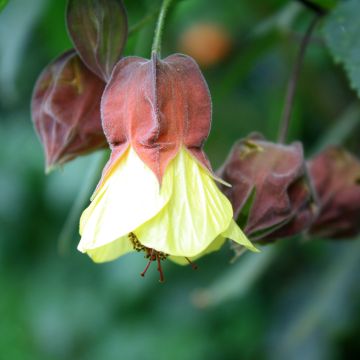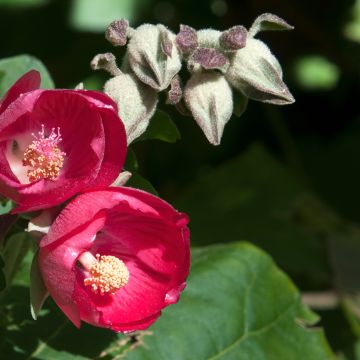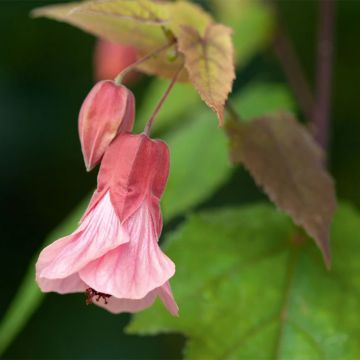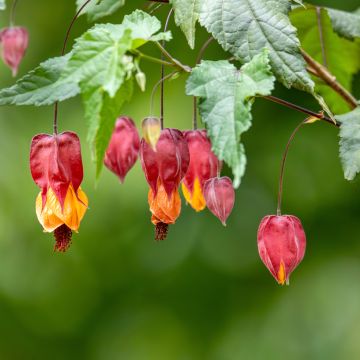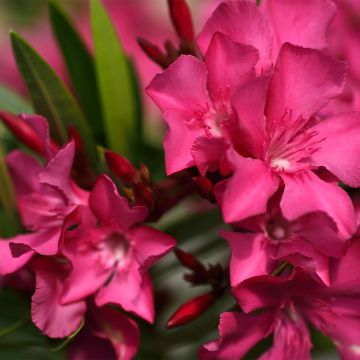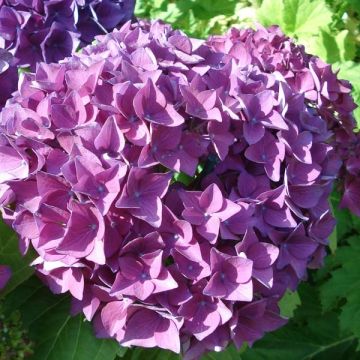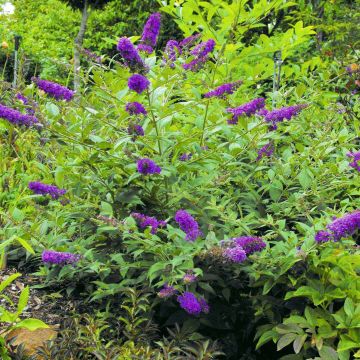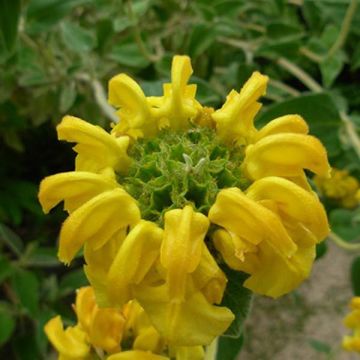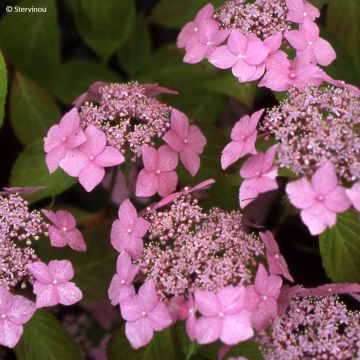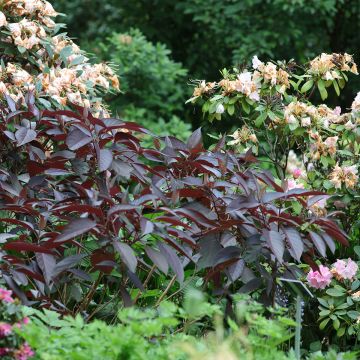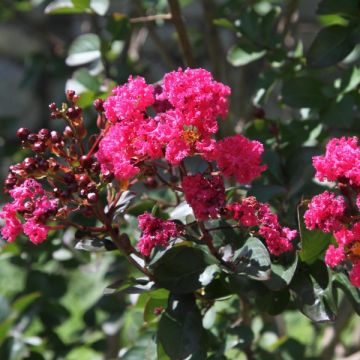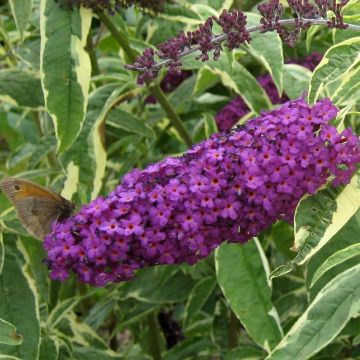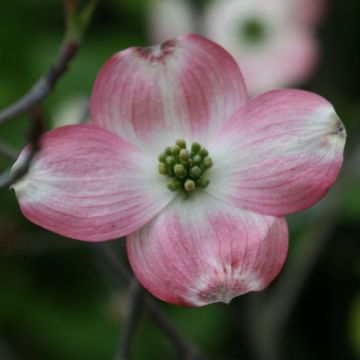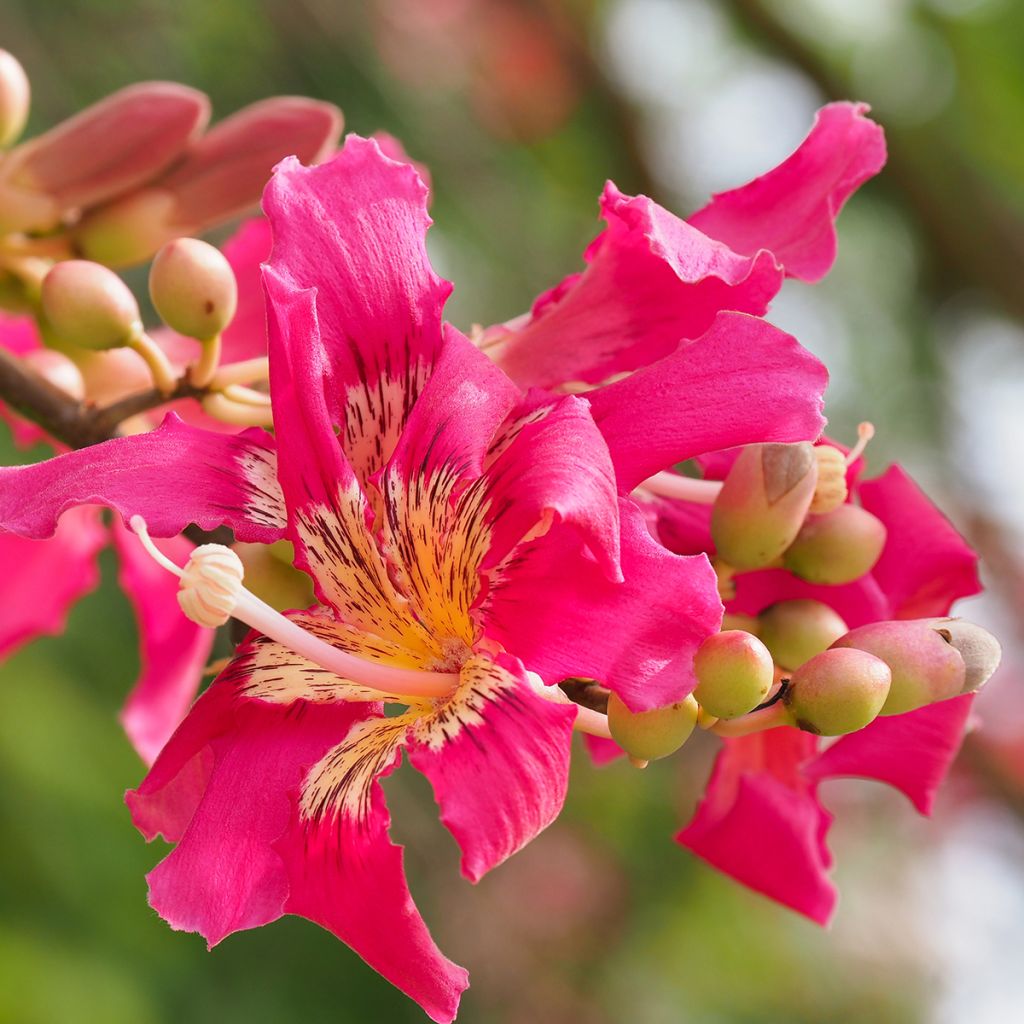

Chorisia ou Ceiba speciosa - Faux Kapokier, Arbre bouteille
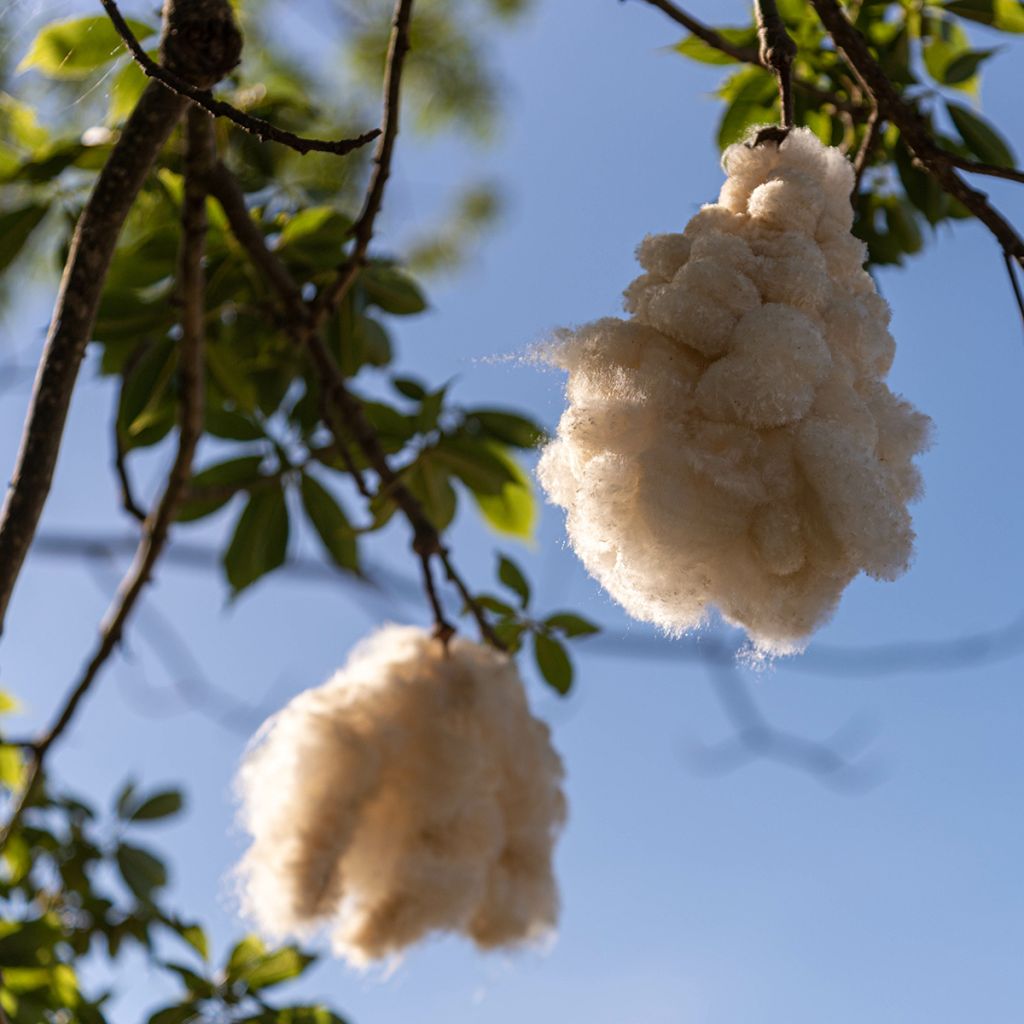

Chorisia ou Ceiba speciosa - Faux Kapokier, Arbre bouteille
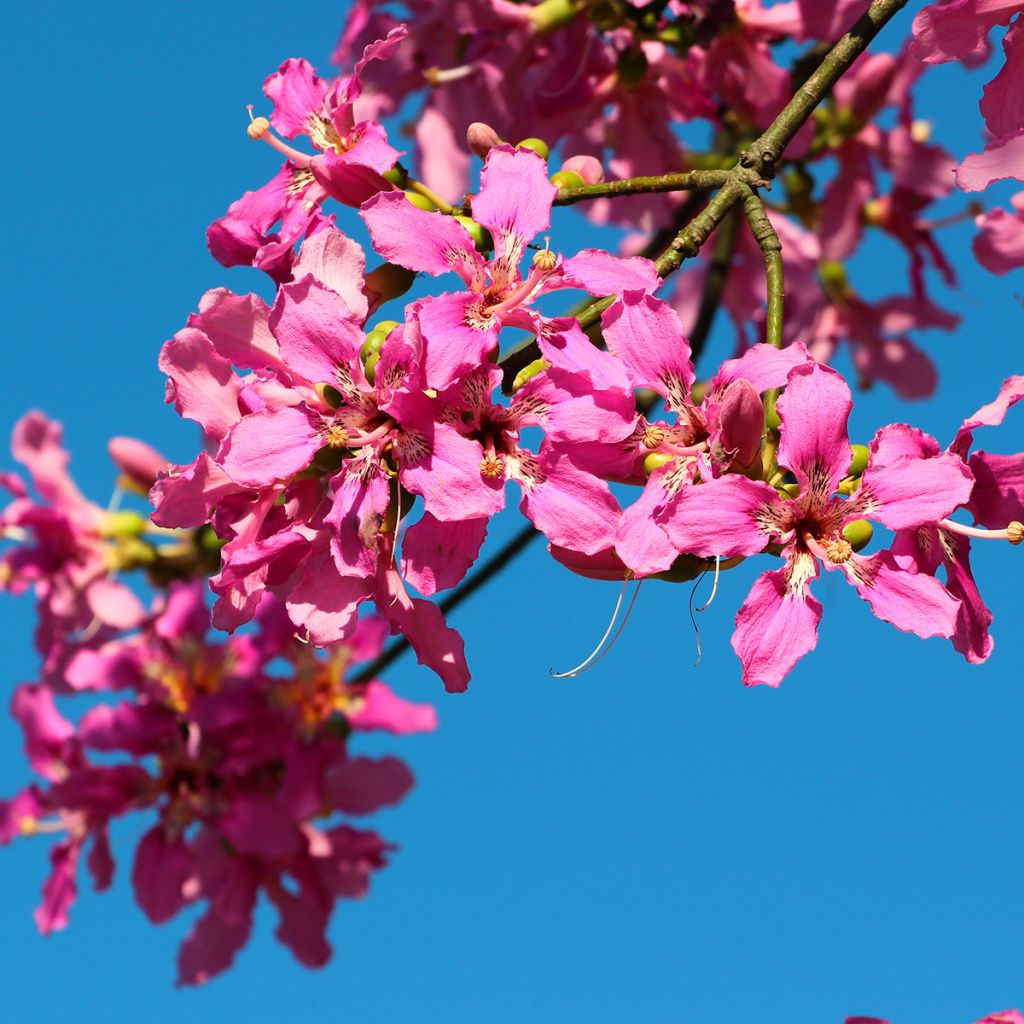

Chorisia ou Ceiba speciosa - Faux Kapokier, Arbre bouteille
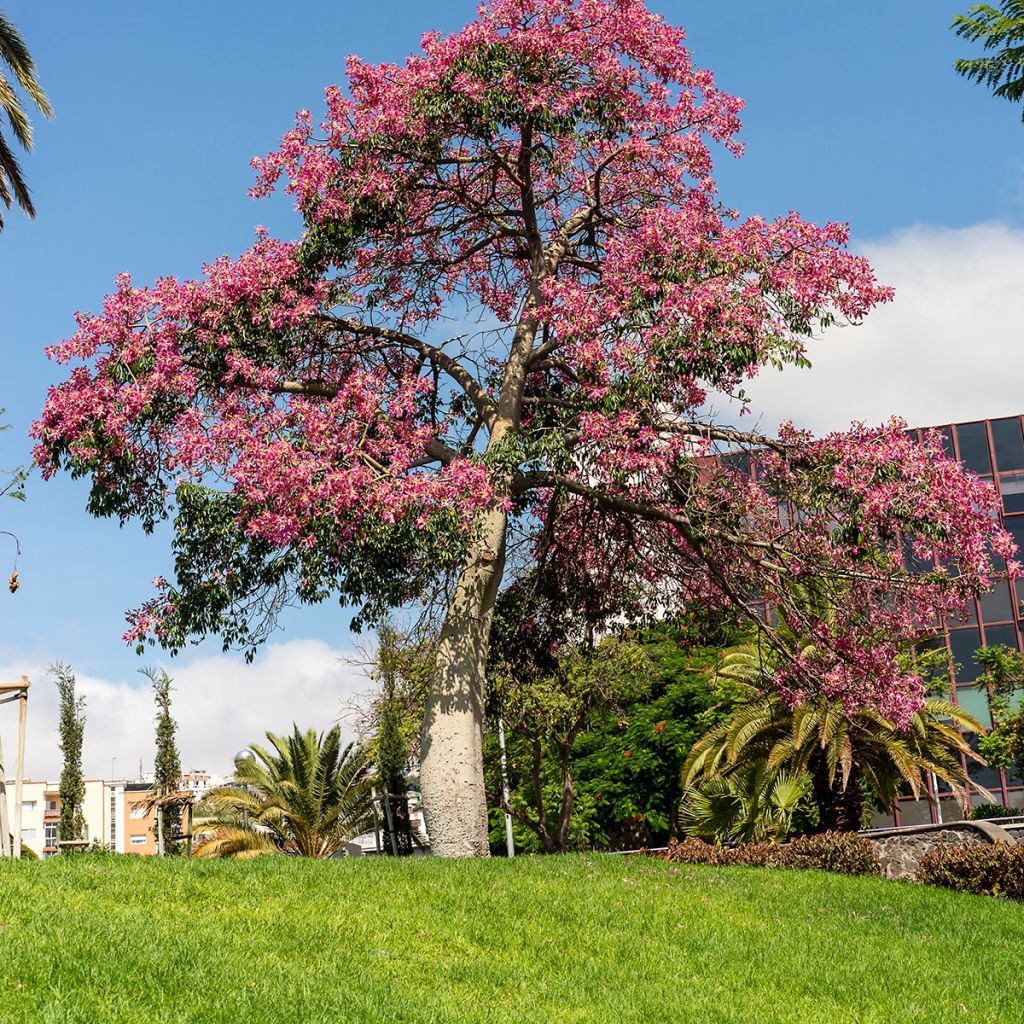

Chorisia ou Ceiba speciosa - Faux Kapokier, Arbre bouteille
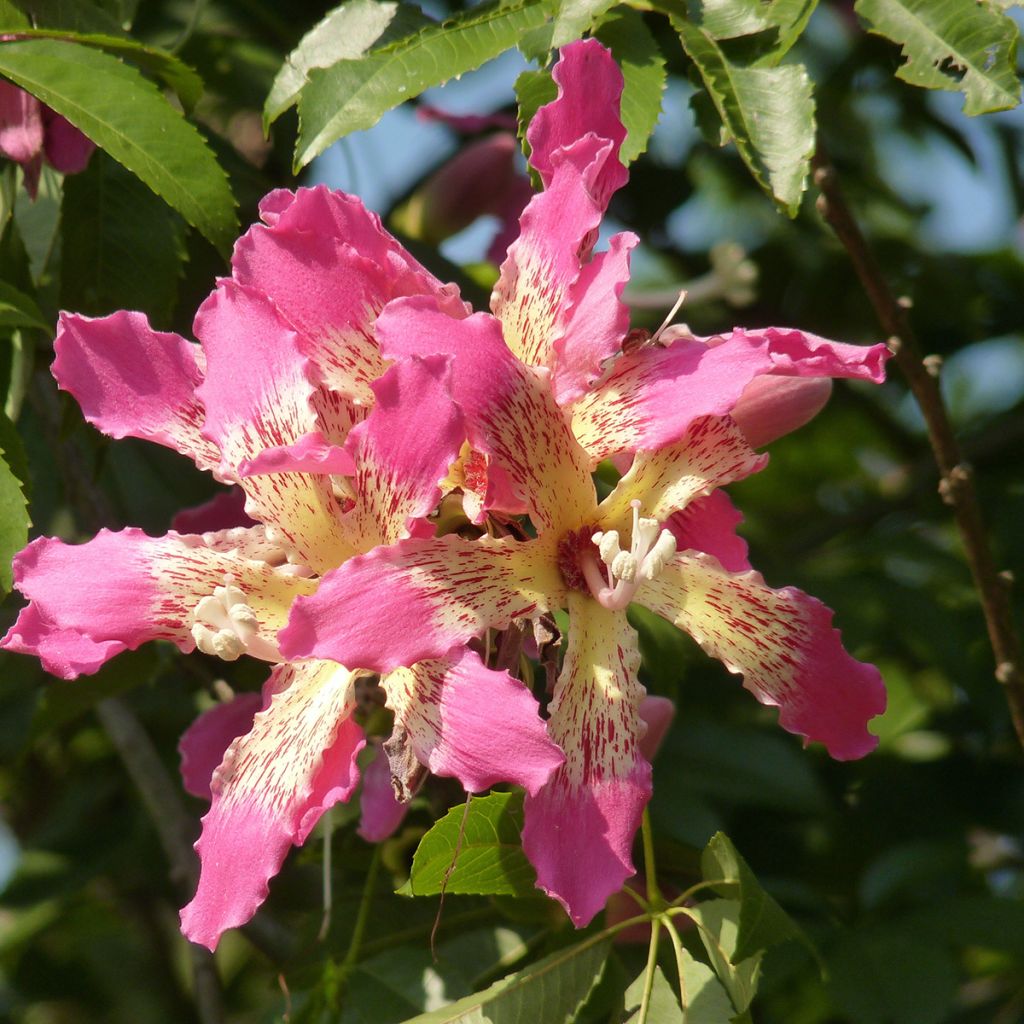

Chorisia ou Ceiba speciosa - Faux Kapokier, Arbre bouteille
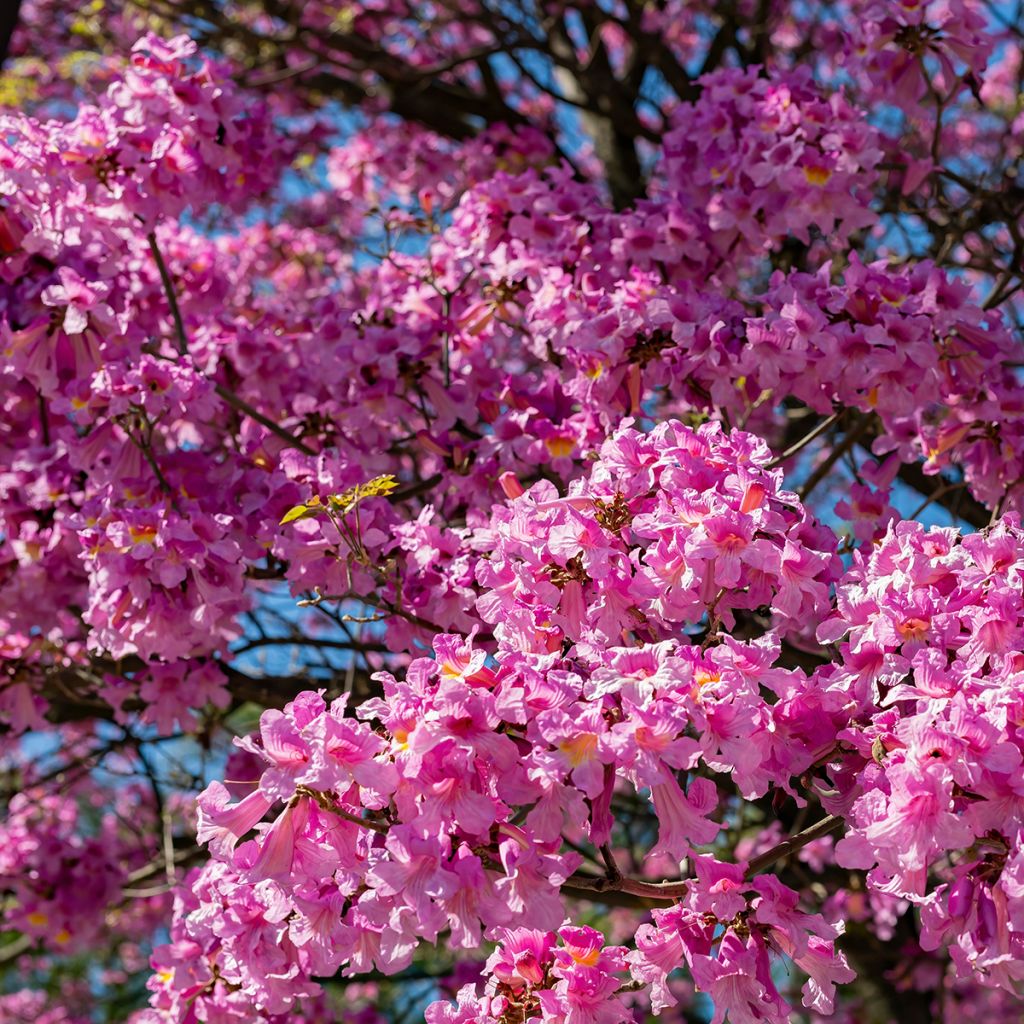

Chorisia ou Ceiba speciosa - Faux Kapokier, Arbre bouteille
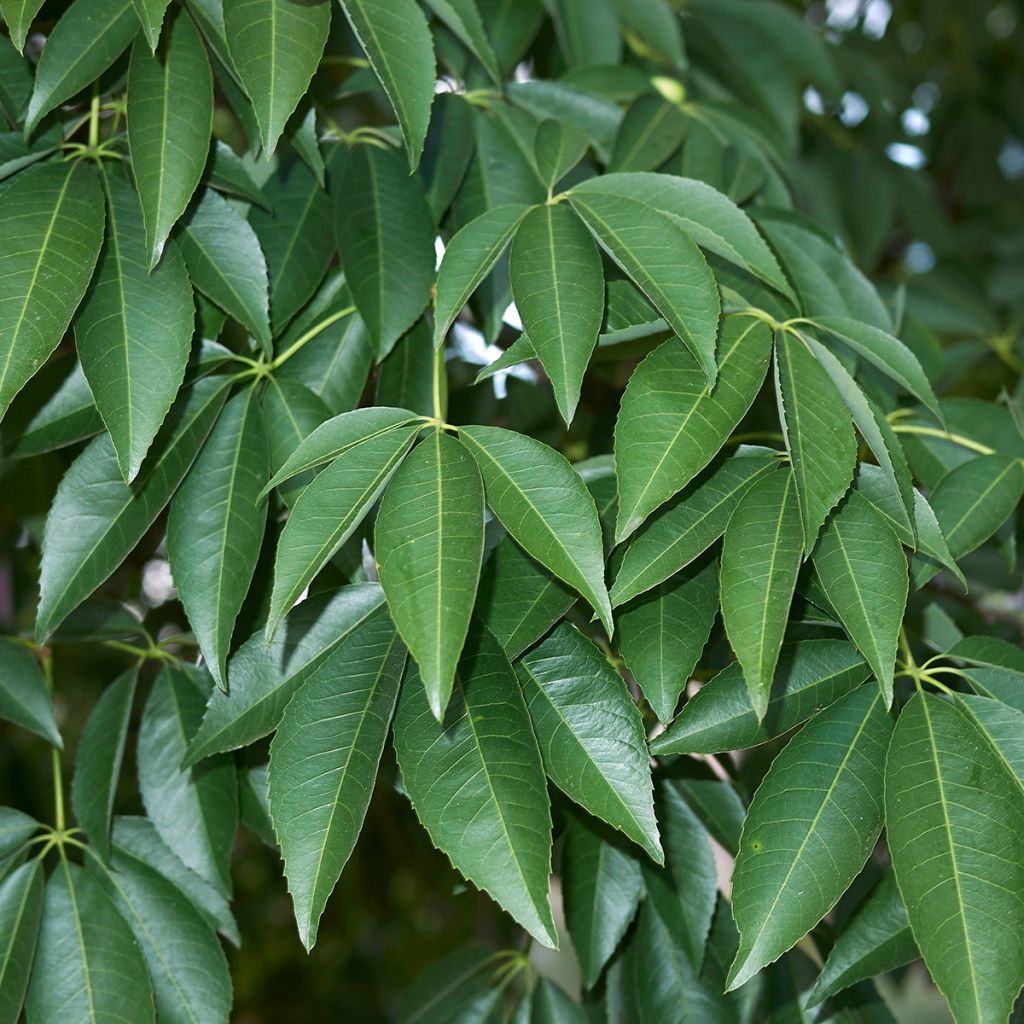

Chorisia ou Ceiba speciosa - Faux Kapokier, Arbre bouteille
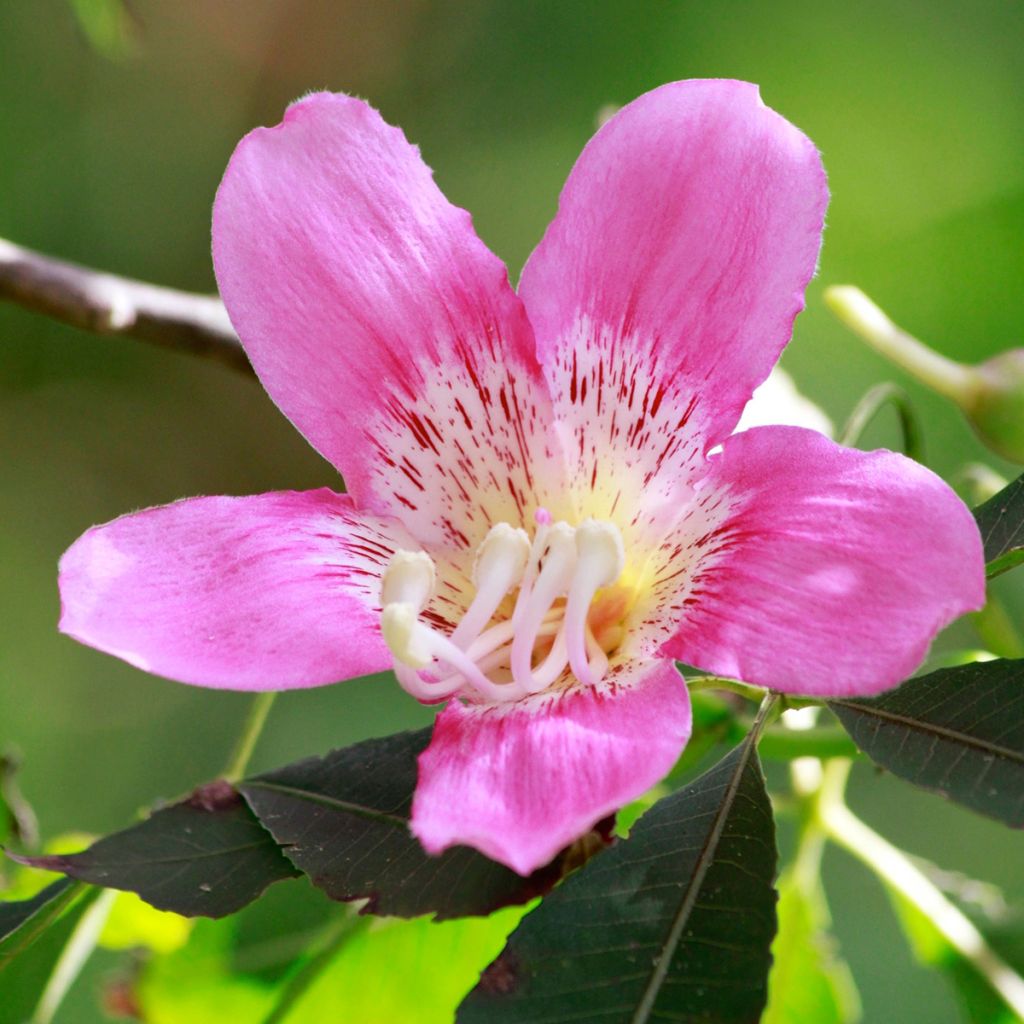

Chorisia ou Ceiba speciosa - Faux Kapokier, Arbre bouteille
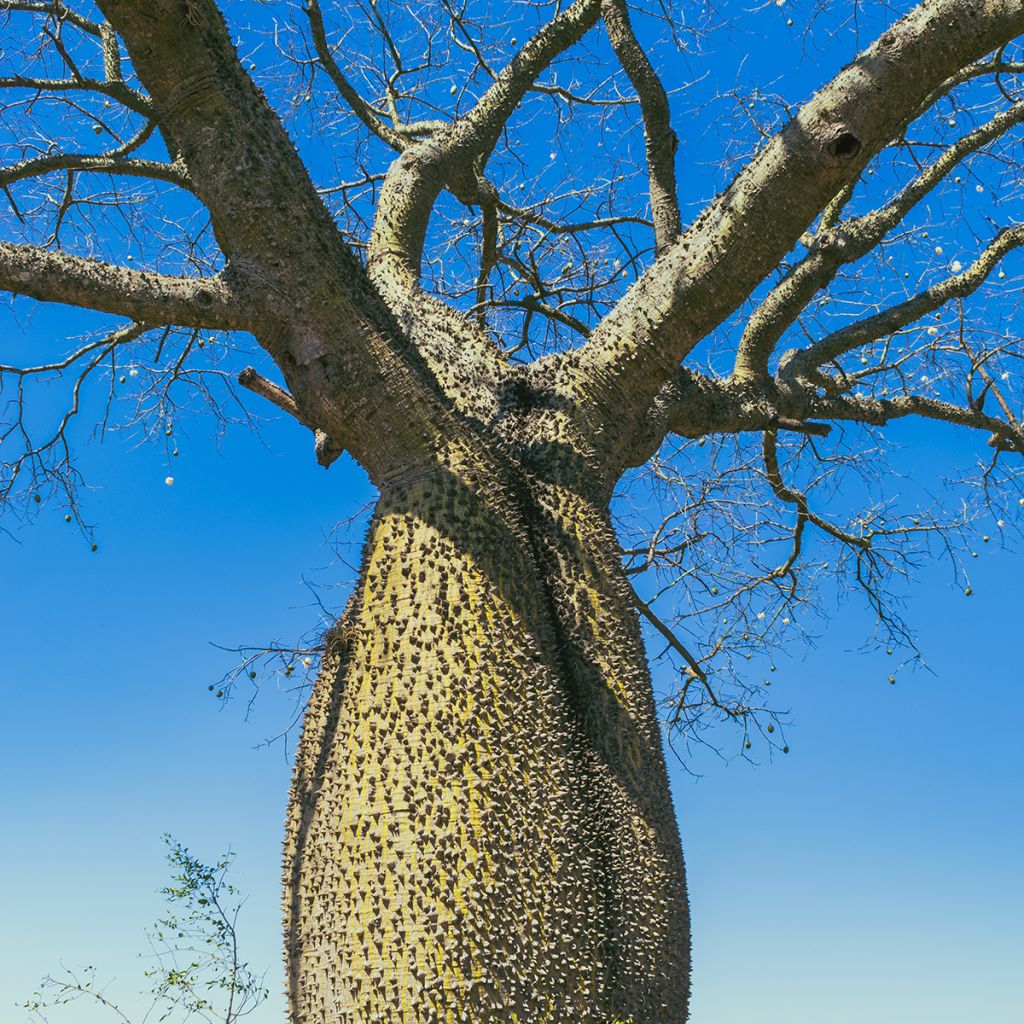

Chorisia ou Ceiba speciosa - Faux Kapokier, Arbre bouteille
Ceiba speciosa
Ceiba speciosa
Silk Floss Tree, Floss Silk Tree, Kapok Tree
This plant carries a 24 months recovery warranty
More information
We guarantee the quality of our plants for a full growing cycle, and will replace at our expense any plant that fails to recover under normal climatic and planting conditions.
Oversize package: home delivery by special carrier from €6.90 per order..
Express home delivery from €8.90.

Does this plant fit my garden?
Set up your Plantfit profile →
Description
Ceiba speciosa, often better known by its former name Chorisia, is a tree of tropical climates that will delight exoticism enthusiasts. Its palmate foliage is graceful, but it is especially its flowering that attracts attention. In autumn, it is covered with large pink flowers, forming a magnificent spectacle. On young trees, the bark is also decorative, with a beautiful green colour that turns grey with age. And the last ornamental feature, the trunk is adorned with massive thorns, giving it an astonishing graphic design. As it ages, the trunk takes on a swollen shape at the base, making it resemble a bottle. Reserved for the mildest areas of France, it can also be grown in large pots elsewhere.
The Faux Kapok or bottle tree belongs to the Malvaceae family, which has absorbed the Bombacaceae family, just like the Baobab. It is native to South America, Argentina, Brazil, Paraguay, where it grows in subtropical and tropical forests up to 600m (1968ft) altitude. In these regions, it can reach a height of 30m (98ft 5in) and forms a massive trunk with a diameter of up to 2m (6ft 7in).
In France, it can only be grown outdoors on the French Riviera and in the mildest areas of the Atlantic coast. The mini botanical garden of Bormes-les-Mimosas, hidden in the narrow streets of the old village, houses a majestic specimen of over 10m (32ft 10in) in height, with an upright habit (about 6m (19ft 8in) wide). It grows rapidly in the first years and has a very beautiful green bark. Then its growth slows down as it becomes more massive, and its mature bark turns grey, a beautiful "elephant" grey, as its habit evokes the power of this animal. As it ages, it takes on a characteristic "bottle" shape, due to the swelling of the base of the trunk. A remarkable feature, large grey conical spines cover the trunk and large branches, giving it a unique appearance.
As for the foliage, it is very light and graceful, consisting of palmate leaves composed of 5 or 7 leaflets about 12cm (4.7in) long, of a medium green colour. This foliage is semi-evergreen to deciduous depending on the winter temperatures. The flowering, which begins in late summer in our hemisphere, lasts for several weeks. Large flowers with a diameter of 10 to 15cm, composed of 5 pink petals with a white to yellow centre, then cover the tree, offering a magnificent spectacle. They develop into green fruits, elliptical in shape and vaguely resembling certain pears or avocados, but larger as they can reach up to 20cm (7.9in) in length. The large seeds they contain are surrounded by a fibrous and cottony white material, like the kapok derived from the C. pentandra species.
C. speciosa grows in neutral to acidic, moist to dry, and well-drained soil. It likes full sun but not wind. Its hardiness is low, the foliage is affected from -1°C (30.2 °F) but a well-rooted plant can withstand up to -5°C.
While planting the faux kapok tree outdoors is reserved for the most privileged climates in France, it is still possible to grow it in a pot and overwinter it indoors, especially as it can tolerate heating. In this case, a sufficiently large container (40 to 50 litres) and a high enough room must be chosen to accommodate it, because even if its dimensions will be constrained by the limited root volume, it will not stay under the usual 2.50m (8ft 2in) ceilings for long... On the French Riviera, it will be a valuable addition to create a tropical-inspired scene alongside other plants with exotic appearances, such as the Syagrus romanzoffiana, a superb palm tree resembling a coconut tree, or the Phytolacca dioica (Belombra), which quickly forms spectacular trunks.
Report an error about the product description
Ceiba speciosa in pictures
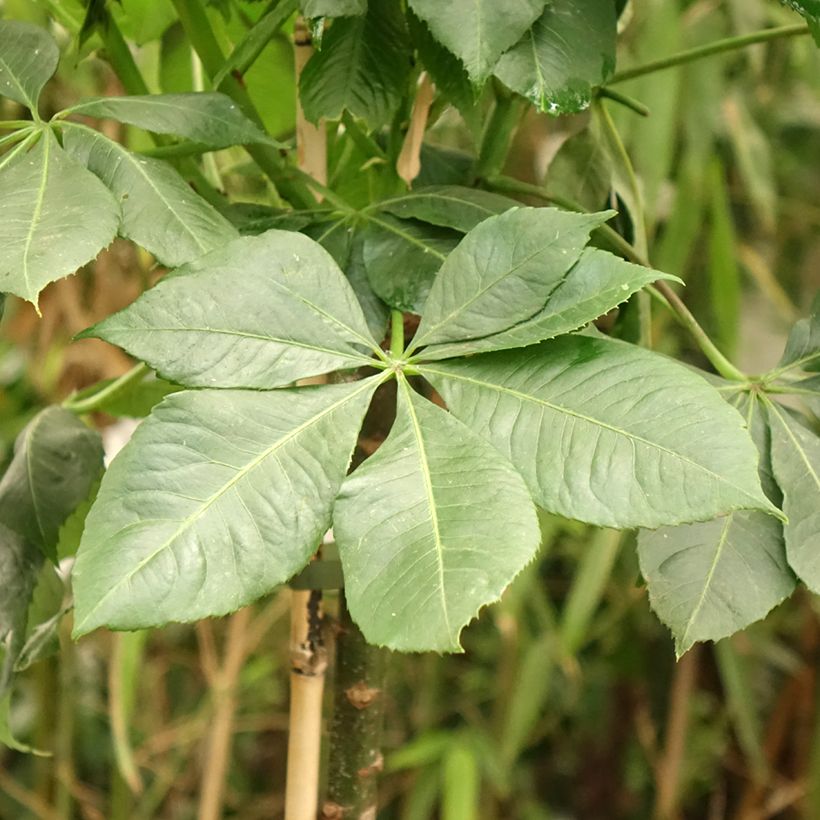

Plant habit
Flowering
Foliage
Botanical data
Ceiba
speciosa
Malvaceae
Silk Floss Tree, Floss Silk Tree, Kapok Tree
South America
Other Abutilon
Planting and care
Plant Ceiba speciosa in spring, in a sheltered and sunny location. Install it in loose, fertile soil, rich in compost, neutral to acidic, and above all well-drained. In a pot, the growing medium should not completely dry out, without being waterlogged (no full saucer of water under the pot). In the ground, a not too severe drought is tolerated, but it will harm the tree's floribundity.
In the ground: dig a deep planting hole, add some compost and sand to your garden soil to improve soil quality and drainage if needed. Water abundantly after planting and during summer, especially during the first two years.
Pot cultivation:
Choose a large pot with drainage holes at the bottom, with a volume of 40 or 50 litres. Ensure good drainage by placing a 3cm (1.2in) layer of gravel, broken clay pots, or clay pellets at the bottom. Fill with a mixture consisting of half garden soil, a quarter leaf compost, and a quarter coarse sand. A good quality horticultural compost with a pH of 6.5 or less will also be suitable. The growing medium should be rich in fertilizing elements and kept slightly moist throughout the growing season. In winter, reduce watering and stop fertilizer inputs. Store the plant in a bright, frost-free location, knowing that it also tolerates indoor heated environments. The main difficulty lies in its size, which will eventually become difficult to manage unless you have an open room on a higher floor.
Planting period
Intended location
Care
This item has not been reviewed yet - be the first to leave a review about it.
Summer-flowering shrubs
Haven't found what you were looking for?
Hardiness is the lowest winter temperature a plant can endure without suffering serious damage or even dying. However, hardiness is affected by location (a sheltered area, such as a patio), protection (winter cover) and soil type (hardiness is improved by well-drained soil).

Photo Sharing Terms & Conditions
In order to encourage gardeners to interact and share their experiences, Promesse de fleurs offers various media enabling content to be uploaded onto its Site - in particular via the ‘Photo sharing’ module.
The User agrees to refrain from:
- Posting any content that is illegal, prejudicial, insulting, racist, inciteful to hatred, revisionist, contrary to public decency, that infringes on privacy or on the privacy rights of third parties, in particular the publicity rights of persons and goods, intellectual property rights, or the right to privacy.
- Submitting content on behalf of a third party;
- Impersonate the identity of a third party and/or publish any personal information about a third party;
In general, the User undertakes to refrain from any unethical behaviour.
All Content (in particular text, comments, files, images, photos, videos, creative works, etc.), which may be subject to property or intellectual property rights, image or other private rights, shall remain the property of the User, subject to the limited rights granted by the terms of the licence granted by Promesse de fleurs as stated below. Users are at liberty to publish or not to publish such Content on the Site, notably via the ‘Photo Sharing’ facility, and accept that this Content shall be made public and freely accessible, notably on the Internet.
Users further acknowledge, undertake to have ,and guarantee that they hold all necessary rights and permissions to publish such material on the Site, in particular with regard to the legislation in force pertaining to any privacy, property, intellectual property, image, or contractual rights, or rights of any other nature. By publishing such Content on the Site, Users acknowledge accepting full liability as publishers of the Content within the meaning of the law, and grant Promesse de fleurs, free of charge, an inclusive, worldwide licence for the said Content for the entire duration of its publication, including all reproduction, representation, up/downloading, displaying, performing, transmission, and storage rights.
Users also grant permission for their name to be linked to the Content and accept that this link may not always be made available.
By engaging in posting material, Users consent to their Content becoming automatically accessible on the Internet, in particular on other sites and/or blogs and/or web pages of the Promesse de fleurs site, including in particular social pages and the Promesse de fleurs catalogue.
Users may secure the removal of entrusted content free of charge by issuing a simple request via our contact form.
The flowering period indicated on our website applies to countries and regions located in USDA zone 8 (France, the United Kingdom, Ireland, the Netherlands, etc.)
It will vary according to where you live:
- In zones 9 to 10 (Italy, Spain, Greece, etc.), flowering will occur about 2 to 4 weeks earlier.
- In zones 6 to 7 (Germany, Poland, Slovenia, and lower mountainous regions), flowering will be delayed by 2 to 3 weeks.
- In zone 5 (Central Europe, Scandinavia), blooming will be delayed by 3 to 5 weeks.
In temperate climates, pruning of spring-flowering shrubs (forsythia, spireas, etc.) should be done just after flowering.
Pruning of summer-flowering shrubs (Indian Lilac, Perovskia, etc.) can be done in winter or spring.
In cold regions as well as with frost-sensitive plants, avoid pruning too early when severe frosts may still occur.
The planting period indicated on our website applies to countries and regions located in USDA zone 8 (France, United Kingdom, Ireland, Netherlands).
It will vary according to where you live:
- In Mediterranean zones (Marseille, Madrid, Milan, etc.), autumn and winter are the best planting periods.
- In continental zones (Strasbourg, Munich, Vienna, etc.), delay planting by 2 to 3 weeks in spring and bring it forward by 2 to 4 weeks in autumn.
- In mountainous regions (the Alps, Pyrenees, Carpathians, etc.), it is best to plant in late spring (May-June) or late summer (August-September).
The harvesting period indicated on our website applies to countries and regions in USDA zone 8 (France, England, Ireland, the Netherlands).
In colder areas (Scandinavia, Poland, Austria...) fruit and vegetable harvests are likely to be delayed by 3-4 weeks.
In warmer areas (Italy, Spain, Greece, etc.), harvesting will probably take place earlier, depending on weather conditions.
The sowing periods indicated on our website apply to countries and regions within USDA Zone 8 (France, UK, Ireland, Netherlands).
In colder areas (Scandinavia, Poland, Austria...), delay any outdoor sowing by 3-4 weeks, or sow under glass.
In warmer climes (Italy, Spain, Greece, etc.), bring outdoor sowing forward by a few weeks.


































